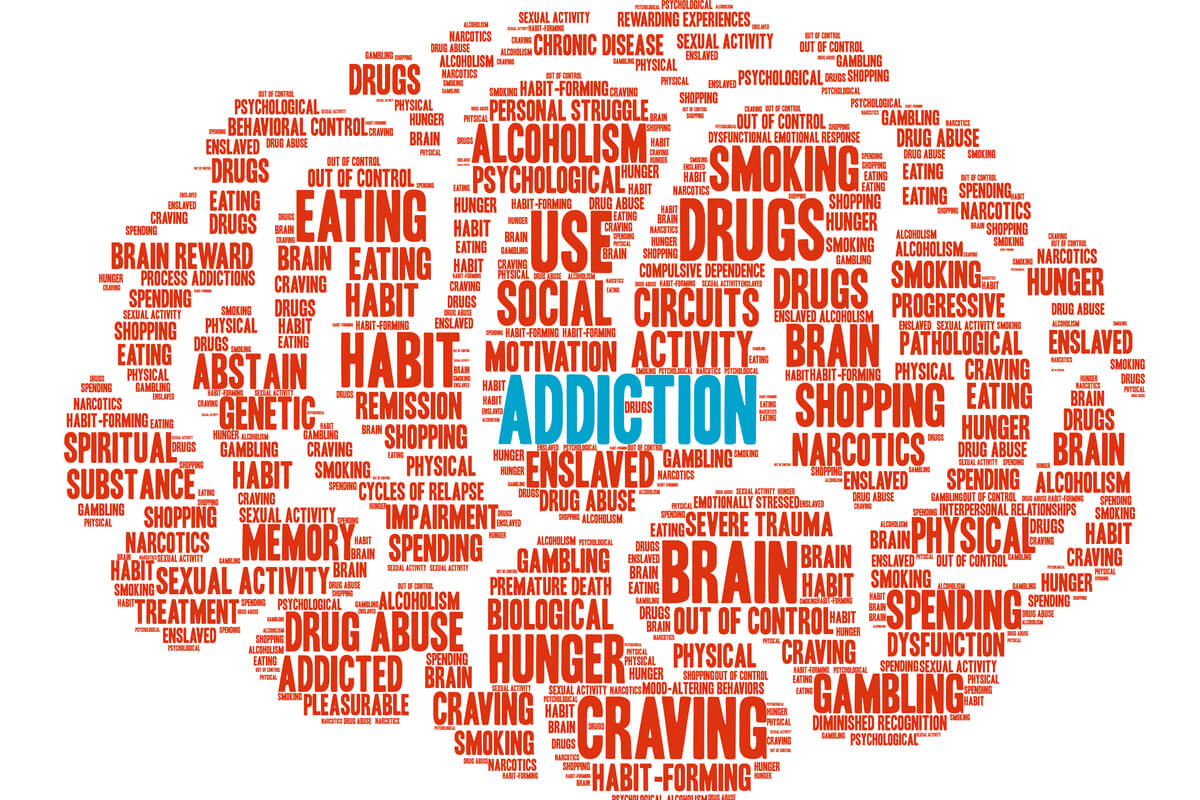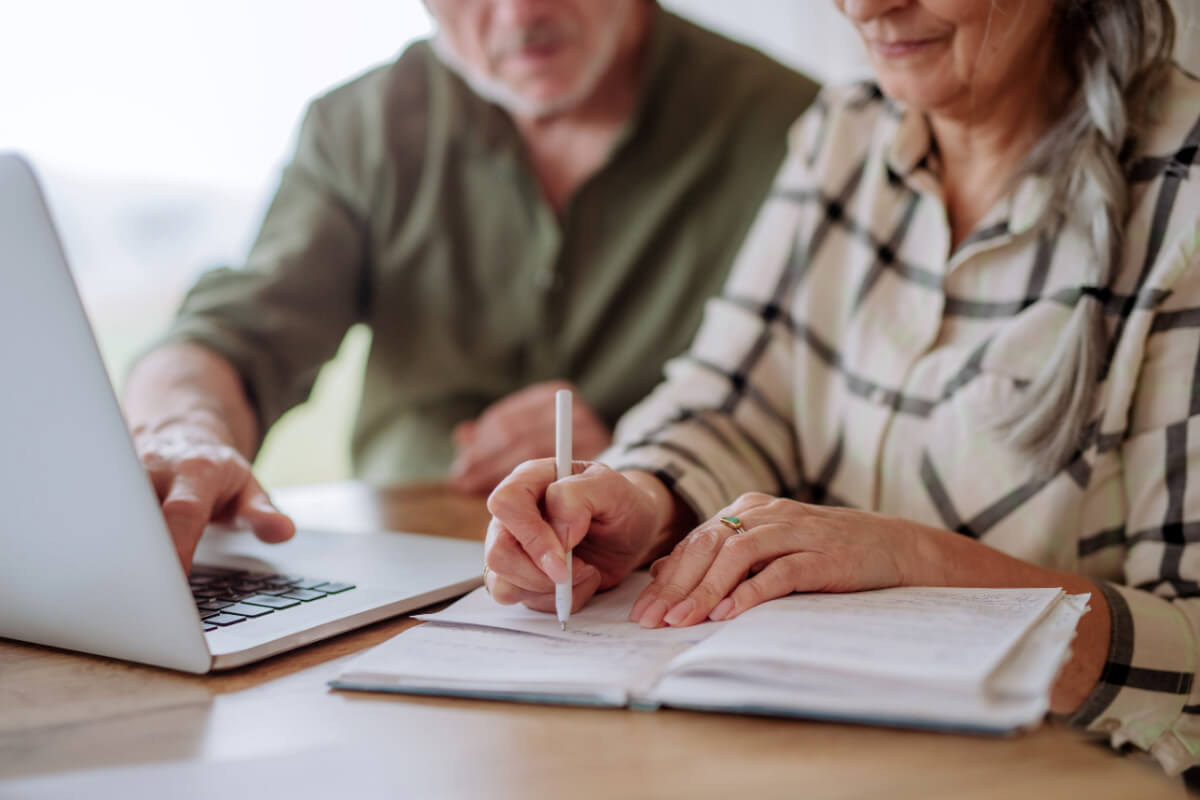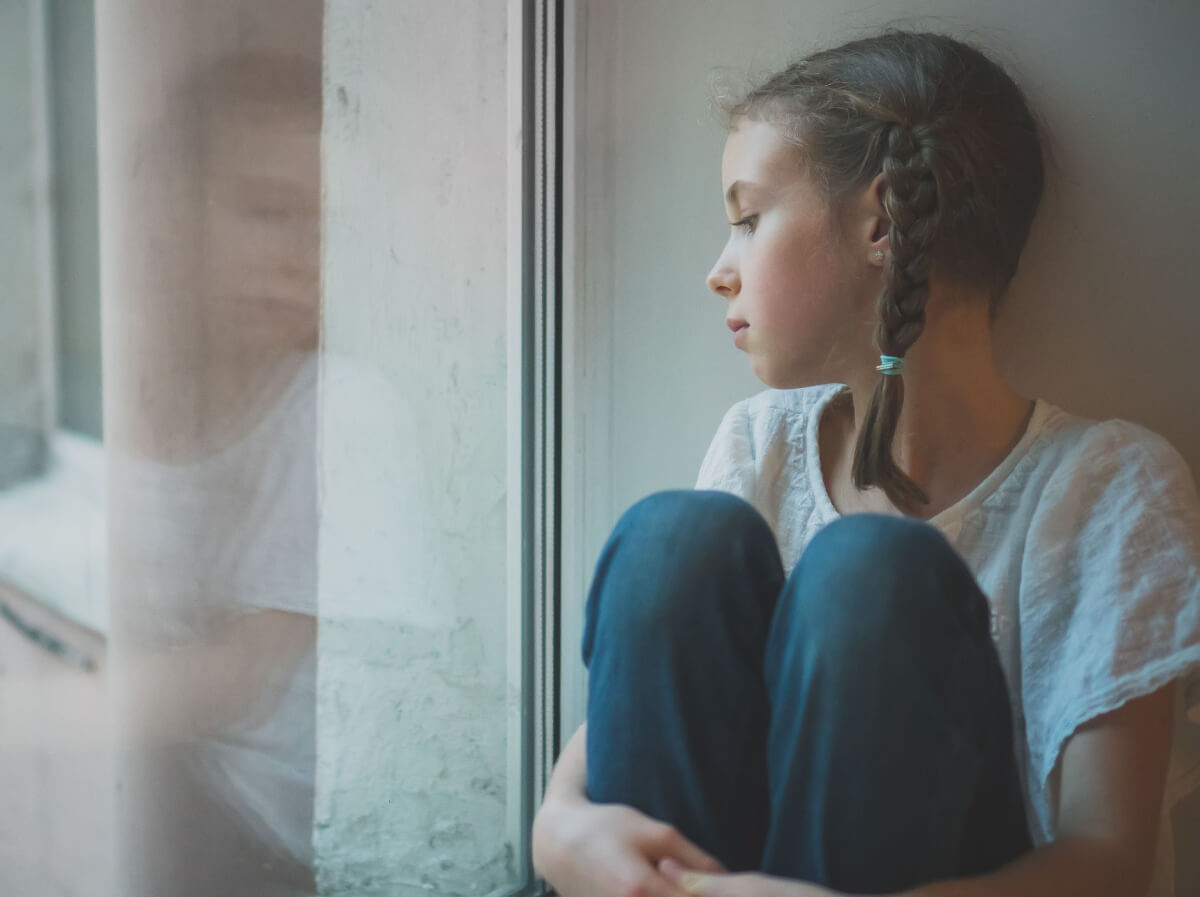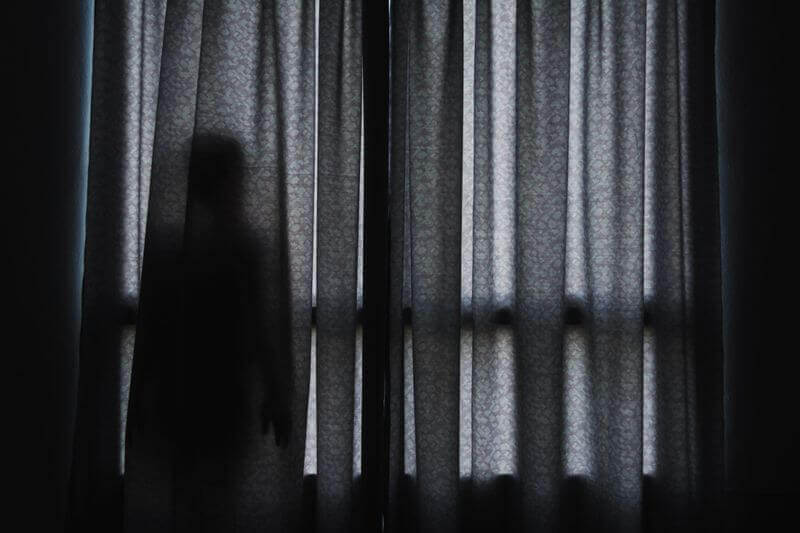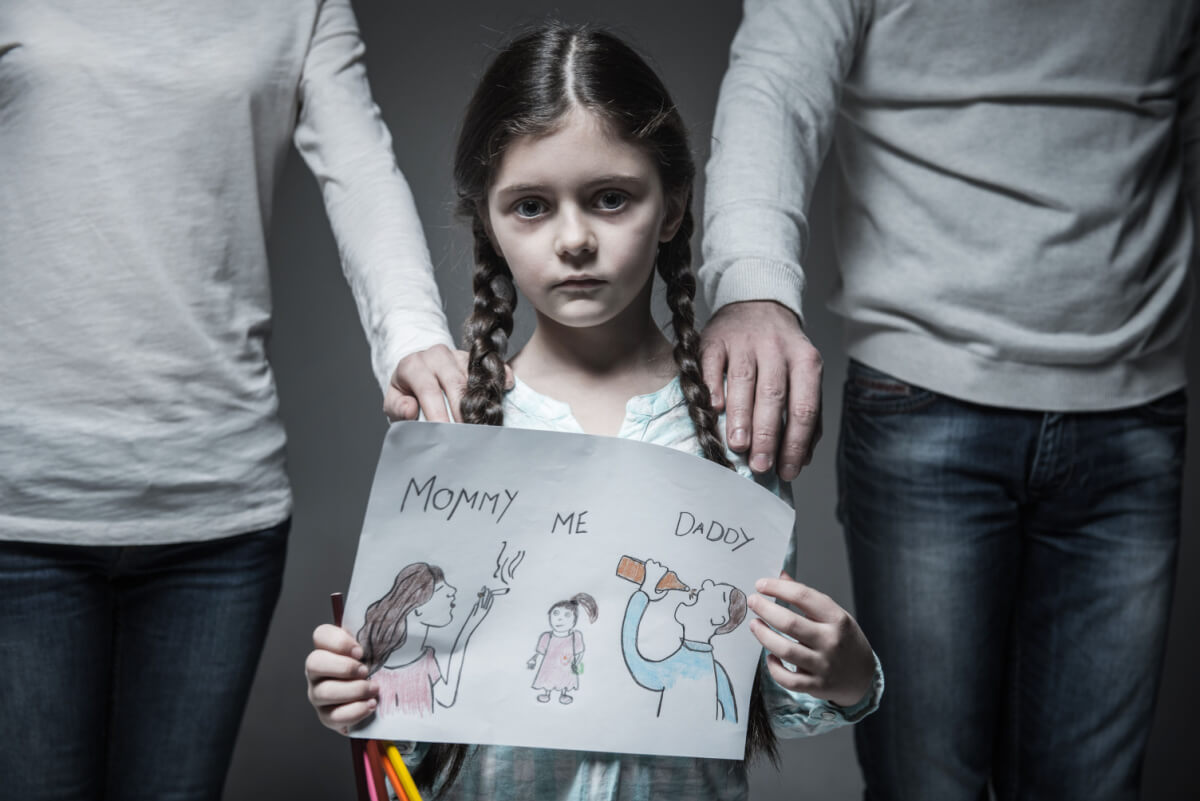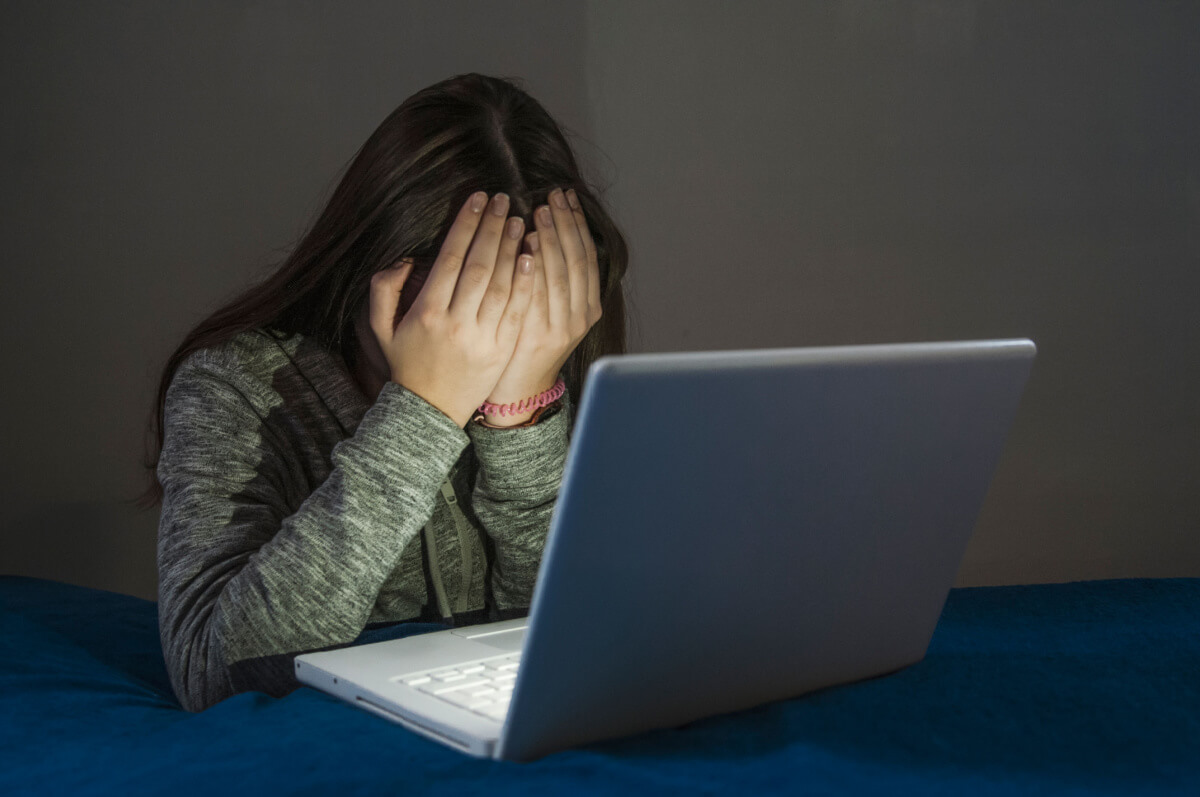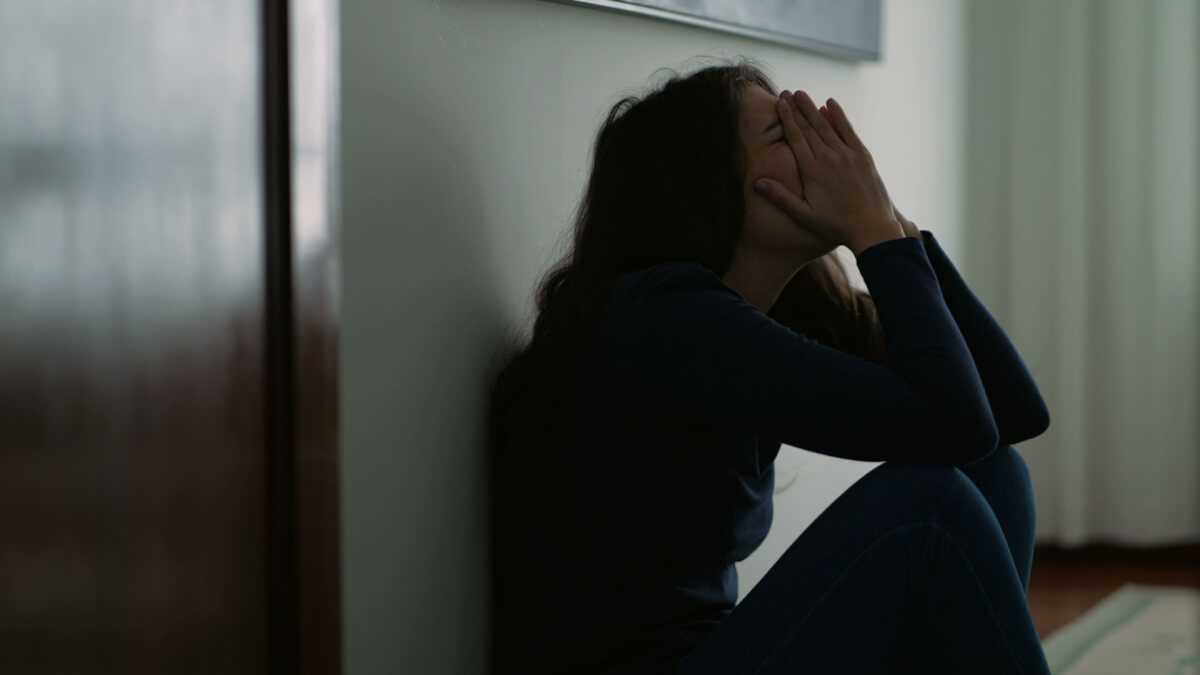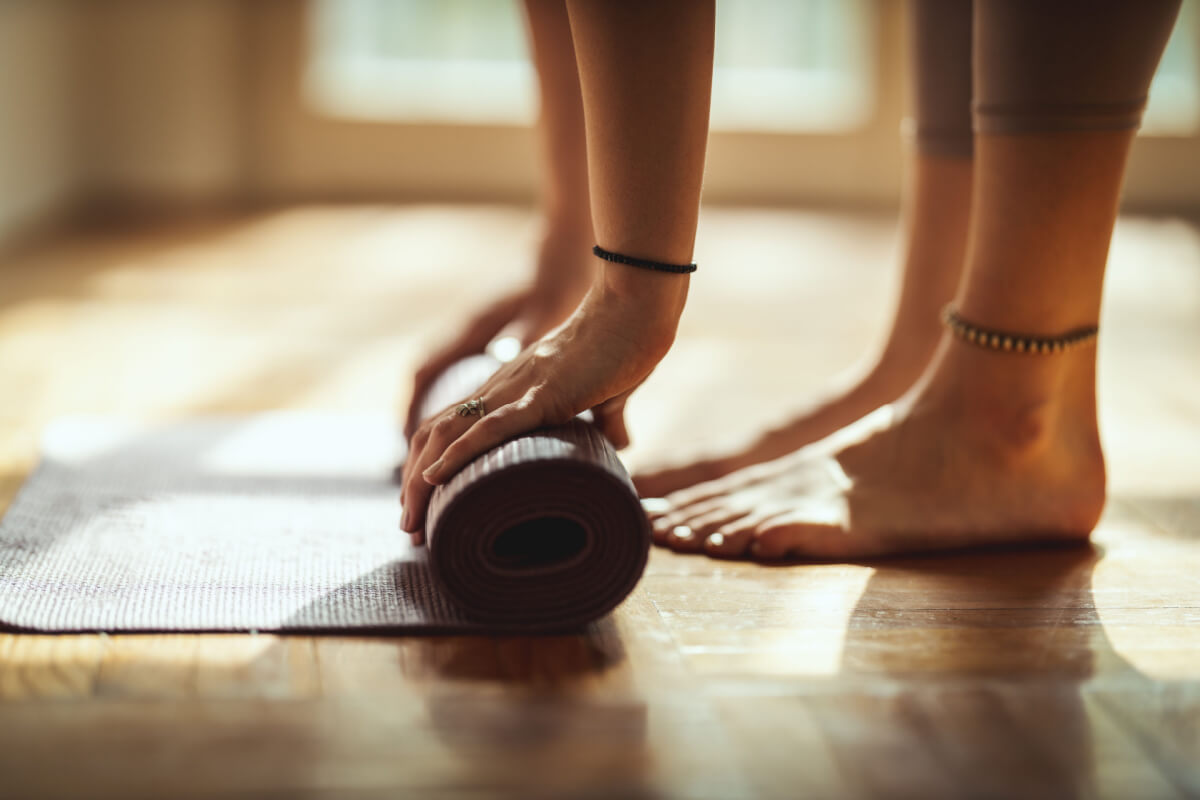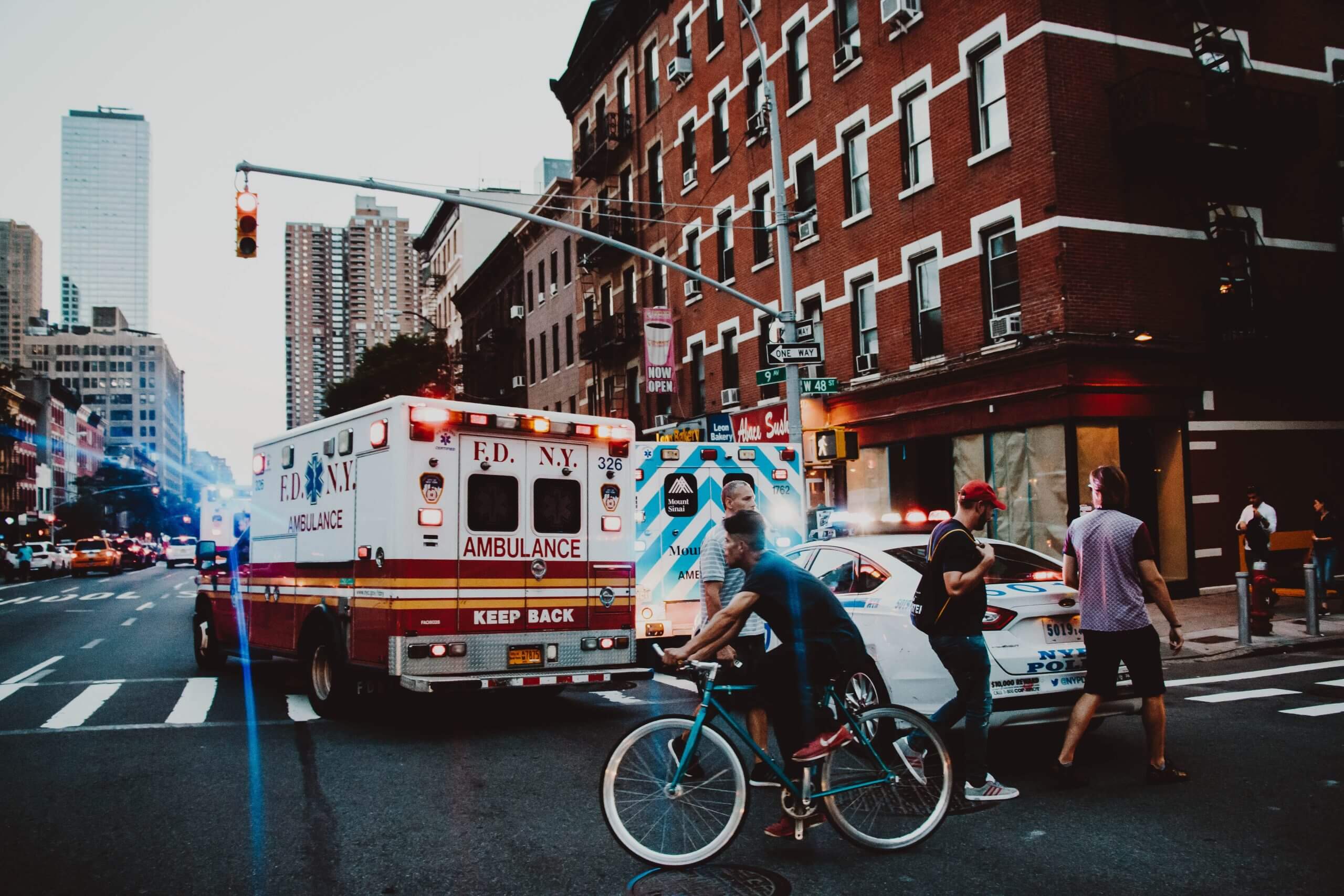
Naloxone (brand name Narcan) is an FDA-approved life-saving medication used to reverse an opioid overdose.
Giving someone naloxone is similar to performing CPR. When someone overdoses on opioids, naloxone can prevent them from dying.
Studies have shown how effective it is in saving a person’s life. Naloxone can increase their survival rate by eight-fold.[1] Between 83% and 100% of people survive an opioid overdose after getting naloxone.[2]
Naloxone is available as a nasal spray and as an injection into the muscle (IM) or the blood (IV). The nasal spray is the formulation people most commonly carry, and it is easily administered.
How Does Naloxone Work?
Opioids bind to receptors in our brains, spinal cords, and GI tract, causing decreased pain levels, altered mood (including a euphoric “high” feeling), slowed breathing and constipation.
When too many opioids are taken, breathing rates slow and can stop altogether. After three to five minutes without oxygen, brain damage will start to occur, which could lead to death.
Naloxone is an opioid antagonist. When given to a person who has taken too high a dose of opioids, it pushes the opioids off the receptors, so the opioids stop working on the body and the person can breathe again.
Is Naloxone Safe?
Naloxone works as an antidote to an opioid overdose, quickly pushing opioids off their receptors. The person will experience immediate withdrawal.
After a naloxone dose, people can experience the following symptoms:
- Body aches
- Chills
- Diarrhea
- Dizziness
- Fever
- Nausea
- Weakness
These symptoms are not pleasant, but naloxone will prevent life-threatening overdose symptoms. These uncomfortable feelings prove naloxone is working.
If you give naloxone to someone who doesn’t have opioids in their system, the medication will have no effect. For example, if a child accidentally consumes it, it won’t cause harm.
Naloxone is very safe. There is a small possibility that someone could be allergic to naloxone, but that is true of any medication. If a patient experiences an allergic reaction, seek medical help immediately.
How to Administer Naloxone
Open the naloxone package, and you’ll see instructions. Understanding how to give it beforehand could save you time and confusion.
Put the nozzle into the person’s nose, and push on the bottle until you hear the medication move into the person’s nose. Repeat the process on the other side.
The person should awaken immediately, but if not, repeat the dose within three to five minutes.
Understand Narcan’s Effectiveness in Suboxone Overdose
Suboxone is a prescription medication doctors use to treat opioid use disorder (OUD). It contains buprenorphine (to ease chemical imbalances caused by OUD) and naloxone (to prevent misuse). Researchers say adding naloxone to buprenorphine decreases the risk of misuse, as it makes buprenorphine less likely to produce euphoria if taken at high doses or if injected.[4]
Naloxone is the same ingredient inside Narcan. However, it’s still safe to use Narcan on people experiencing a Suboxone overdose. In fact, the U.S. Food and Drug Administration recommends that people with a Suboxone prescription have access to Narcan, so they can treat an overdose if it happens.[4]
The dose of naloxone in Suboxone is very small. For example, a dose containing 2 mg of buprenorphine has only 0.5 mg of naloxone.[4] A tiny amount like this is unlikely to cause any reaction at all. However, if someone misuses a large amount of Suboxone (such as by injecting the drug), the naloxone will take effect and keep the entire buprenorphine dose from latching to receptors.
Naloxone (Narcan) FAQs
Who is at risk for an opioid overdose?
People at risk for an opioid overdose include those who are:
- Prescribed high doses of opioid pain medications like methadone, codeine, morphine, oxycodone (Percocet), hydrocodone (Vicodin), fentanyl or hydromorphone (Dilaudid)
- Prescribed “extended-release” or “long-acting” pain medications (labeled ER, XR, XL or LA)
- Deliberately misusing (taking too many) prescription opioids
- Taking opioid medications not prescribed to them
- Using illicit opioids like heroin and fentanyl
- Using opioids contaminated with more potent opioids (like fentanyl)
- Given too many opioids due to a pharmacist or doctor error
- Using other medications that can slow breathing, such as benzodiazepines (like Klonopin, Xanax, Ativan or Valium), sedative-hypnotics/sleep medications or alcohol
- Not used to opioids
Does naloxone work for non-opioid overdoses?
No. If someone overdoses on other medications or drugs, naloxone will not work.
If you are not sure what the person took, give naloxone. It will either save the person’s life or do nothing at all. It won’t hurt them.
What are signs of an opioid overdose?
While opioids bind to opioid receptors and activate the reward centers creating a high, they also activate the respiratory center causing respiratory depression. Symptoms can be similar.
Signs of overdose include the following:
- Fewer than 8 breaths per minute (shallow or no breathing)
- Gasping for air when sleeping, gurgling or deep snoring
- Not speaking
- Pale or bluish skin, nails and lips
- Slow heartbeat or no pulse
- Pinpoint pupils
- Unconsciousness
How can I help if a person is overdosing?
Rub your knuckles over the person’s chest very hard. If you can wake them up, you can stop here.
You can also tell the person you plan to “Narcan them.” People who are high will not want Narcan, as it will cause them to experience withdrawal symptoms. If they resist, they have NOT overdosed.
If the person won’t wake up, give them Narcan. Then, follow these steps:
- Call 911. Tell the operator the signs of overdose you’ve witnessed.
- Begin rescue breathing (one breath every 5 seconds).
- Repeat naloxone doses every 3–5 minutes if the person won’t wake up.
- Stay with the person until help arrives.
Can naloxone wear off?
Naloxone stays in the body for 30 to 90 minutes. Most opioids can stay in the system much longer. Once naloxone wears off, the opioid that caused the overdose can rebind to the opioid receptors, and a person can overdose again.
People may need repeated doses for many hours until they’re safe from an overdose. This is especially true now, since extremely potent opioids like fentanyl are dominating the drug supply landscape.
How soon after using opioids can someone overdose?
Overdose usually occurs within one to three hours after taking opioids. However, stronger opioids like fentanyl can cause an overdose within 2–5 minutes.
If someone went to the bathroom 5 minutes ago and has not yet come out, they could have overdosed. Check on them.
How can I get naloxone?
Your doctor can prescribe it to you. Naloxone is also available at pharmacies without a prescription. Policies may vary by state.
Most private health insurance plans, Medicare and Medicaid cover it.
Who should receive naloxone?
As of July 2020, to reduce opioid overdoses, the U.S. Food and Drug Administration recommends that naloxone be given to these groups:[3]
- People who are prescribed opioid pain medications
- People who have a history of opioid use disorder
- People who have previously had an opioid overdose
- Patients being prescribed opioids who have kids in the house or other household members who may accidentally ingest opioids
Additionally, since we are all potential first responders, it is a good idea for everyone to carry naloxone and know how to use it.
How should naloxone be carried and stored?
Since you could come into contact with someone who has overdosed on opioids at any point, it is a good idea to carry naloxone.
Keep naloxone in a place that is readily accessible at a temperature between 40 to 104 degrees Fahrenheit and replace it if it is exposed to more extreme temperatures or the expiration date passes.
How should I avoid opioid overdose?
Take medication only if it has been prescribed to you by your doctor. Do not take more medication or take it more often than instructed.
Make sure to tell your doctor about all medications you are taking. Never mix pain medications with alcohol, sleeping pills or illicit substances.
Is naloxone in Suboxone?
There are two ingredients in Suboxone:
- Buprenorphine: This is the “active” evidence-based ingredient that helps patients who have dependence on opioids or opioid use disorder. It has been proven to reduce cravings for opioids, prevent opioid withdrawal and protect a person from an opioid overdose. For more information on how Suboxone works, click here.
- Naloxone: This was put in the Suboxone formulation to ensure people are taking Suboxone correctly and not misusing it. When Suboxone is taken correctly (letting it dissolve under the tongue), naloxone is not absorbed and has no effect. However, if Suboxone were to be injected (taken in a way that it was not supposed to be), the naloxone would be absorbed and cause withdrawal symptoms.
Is Narcan effective in people using Suboxone?
Yes. In fact, the FDA recommends that people with Suboxone prescriptions have access to Narcan and understand how to use it. This emergency medication can reverse an overdose triggered by Suboxone, but people might need more than one dose to fully recover.[4]
What are the limitations of Narcan when used on someone who has taken Suboxone?
There are no real “limitations” that prohibit Narcan from working on someone who has used Suboxone. The naloxone in Narcan is powerful and capable of reversing an opioid overdose in seconds.
Bystanders should be aware that people using Suboxone may need several doses to recover.[4] It’s important to stay with the person who has overdosed and to call 911 to ask for help and further instructions.[5] The person may need help from medical personnel to fully recover from the overdose.
More Naloxone Resources
- Information About Naloxone
- Law Enforcement Naloxone Toolkit at the Bureau of Justice Assistance’s National Training and Technical Assistance Center
- Naloxone Injection at MedlinePlus
- Opioid Overdose Prevention Toolkit – 2018
- Opioid Overdose Reversal with Naloxone
- Providers Clinical Support System (PCSS)
Bicycle Health
Bicycle Health is a telehealth company that provides buprenorphine/naloxone (Suboxone), an evidence-based medication, to patients dependent on opioid medications. Bicycle Health helps patients enter and sustain a life in recovery and works with patients so they can meet their health goals.
To learn more about the success rates and safety of Bicycle Health’s telemedicine addiction treatment compared to other common treatment options, call us at (844) 943-2514 or schedule an appointment here.

By Peter Manza, PhD
Peter Manza, PhD received his BA in Psychology and Biology from the University of Rochester and his PhD in Integrative Neuroscience at Stony Brook University. He is currently working as a research scientist in Washington, DC. His research focuses on the role ... Read More
- Effectiveness of Bystander Naloxone Administration and Overdose Education Programs: A Meta Analysis. Injury Epidemiology. https://www.ncbi.nlm.nih.gov/pmc/articles/PMC5005759/. December 2015. Accessed March 2023.
- Intranasal Naloxone and Related Strategies for Overdose Intervention by Nonmedical Personnel: A Review. Substance Abuse and Rehabilitation. https://pubmed.ncbi.nlm.nih.gov/29066940/. October 2017. Accessed March 2023.
- Access to Naloxone Can Save a Life During an Opioid Overdose. U.S. Food and Drug Administration. https://www.fda.gov/consumers/consumer-updates/access-naloxone-can-save-life-during-opioid-overdose. February 2023. Accessed March 2023.
- Suboxone Prescribing Information. U. S. Food and Drug Administration. https://www.accessdata.fda.gov/drugsatfda_docs/label/2021/022410s042lbl.pdf. Published March 2021. Accessed January 2024.
- Non-Prescription (“Over the Counter”) Naloxone Frequently Asked Questions. Substance Abuse and Mental Health Services Administration. https://www.samhsa.gov/medications-substance-use-disorders/medications-counseling-related-conditions/naloxone/faqs. April 2023. Accessed January 2024.
Download Our Free Program Guide
Learn about our program, its effectiveness and what to expect
Related articles
Imagine what’s possible on the other side of opioid use disorder.
Our science-backed approach boasts 95% of patients reporting no withdrawal symptoms at 7 days. We can help you achieve easier days and a happier future.

